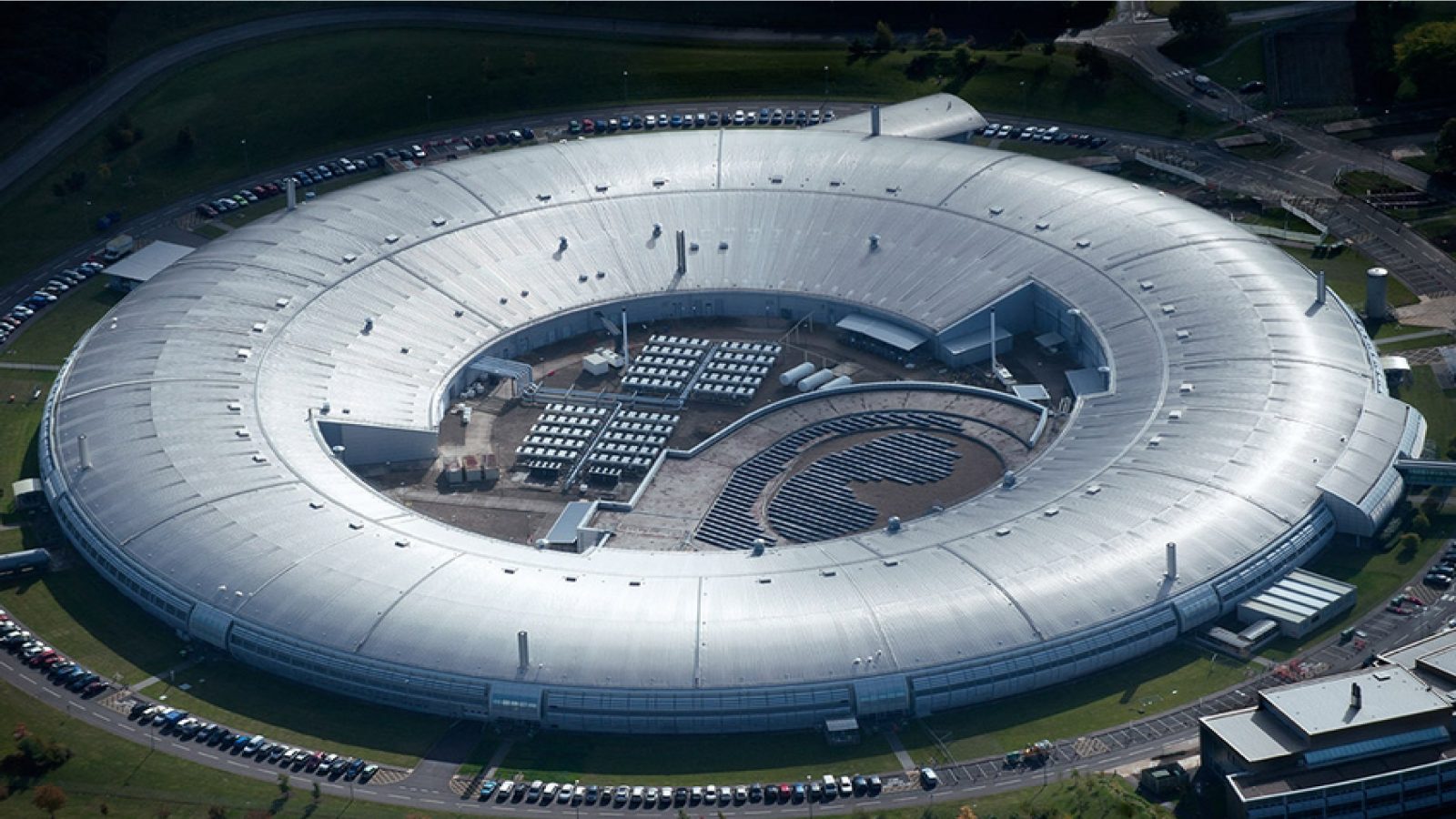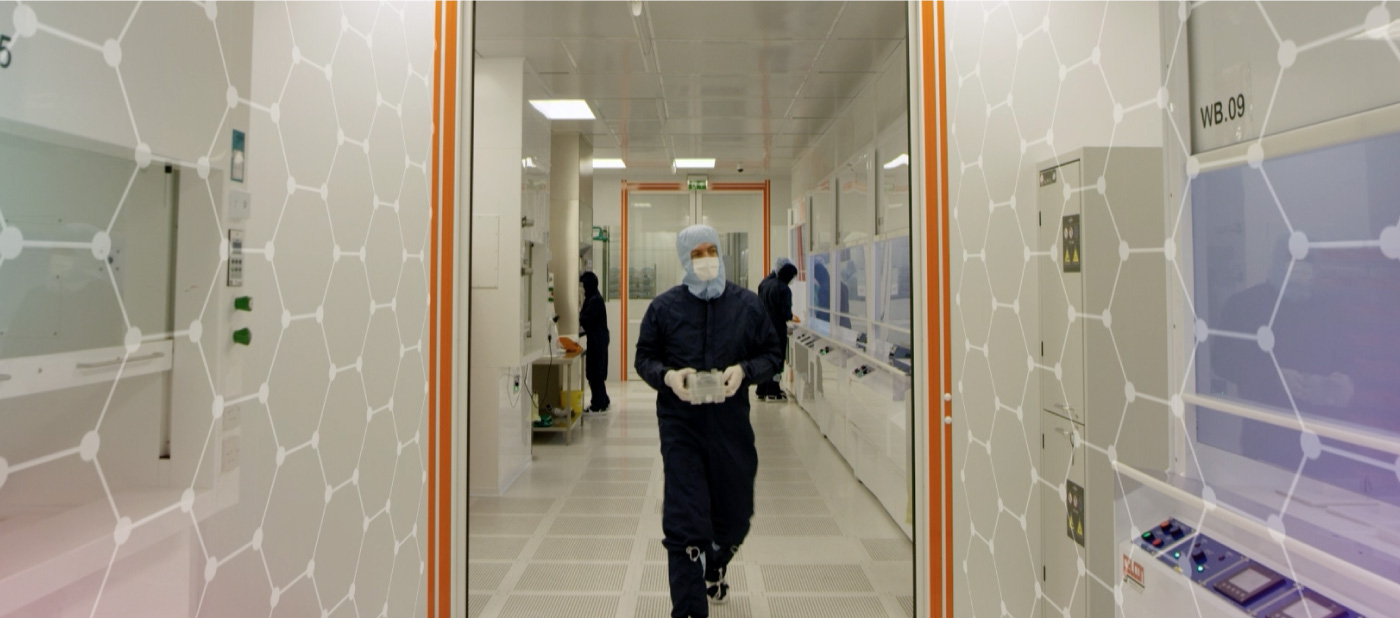Science and Technology Secretary announces that the Diamond Light Source science facility in Oxfordshire will be upgraded through a £500 million investment.
- World-renowned Diamond Light Source facility plays key role in major health, engineering and environmental research
- more than £500 million of government and Wellcome Trust funding to develop cutting-edge Diamond-II upgrade
- funding will upgrade facility that is already 10,000 times more powerful than traditional microscope and produces light 10 billion times brighter than the sun
A groundbreaking science facility which kickstarted the UK’s world leading Covid drug development and has advanced treatments of global health challenges from HIV to malaria and cancer will be upgraded and expanded through a more than £500 million investment, Science and Technology Secretary Michelle Donelan has announced today (Wednesday 6 September).
Diamond Light Source in Harwell, Oxfordshire is the UK’s national synchrotron – essentially a giant microscope, which produces light 10 billion times brighter than the sun that is directed into laboratories called beamlines, where research takes place in virtually all fields of science from health to energy research.
It is 10,000 times more powerful than a traditional microscope and alongside groundbreaking health discoveries, has been crucial to studying a range of subject matter, including fragments of ancient paintings and fossils, while finding solutions to extending the life of machinery such as engines and turbine blades.
The Secretary of State visited Diamond yesterday (5 September), based at the Science and Technology Facilities Council (STFC) Rutherford Appleton Laboratory, to announce £519 million of funding for the Diamond-II upgrade, provided by the government, through UKRI (STFC), and the Wellcome Trust.
The new 4th generation synchrotron will support Diamond’s ever-growing userbase of researchers while maintaining the UK’s reputation as a world leader in cutting edge science.
Professor Philip Withers, Henry Royce Chief Scientist said:
“This is great news for the UK. Accelerating innovation into new materials requires the very best characterisation tools. I know first-hand just how important x-rays are in shining a light on the behaviour of existing and new materials.
“The upgrade of DLS is a key development in enabling UK materials scientists to compete globally in the provision of new materials to support a healthy nation as well as ensuring a productive, sustainable low carbon economy.”
Science, Innovation and Technology Secretary, Michelle Donelan, said:
Our national synchrotron may fly under the radar as we go about our daily lives, but it has been crucial to some of the most defining discoveries in recent history – from kickstarting Covid drug development that allowed us to protect millions to advancing treatment for HIV.
Our investment will ensure one of the most pioneering scientific facilities in the world continues to advance discoveries that transform our health and prosperity, while creating jobs, growing the UK economy and ensuring our country remains a scientific powerhouse.
The upgrade is expected to conclude in 2030 and will involve construction of a new, even brighter synchrotron machine, with new flagship beamlines and critical beamline upgrades.
This is expected to, among many other capabilities, accelerate drug development, offer real-time insights that will further advanced manufacturing and enable further study into improving the performance of next-generation batteries.
Chief Research Programmes Officer at Wellcome, Cheryl Moore, said:
Diamond Light Source is an example of how investment in critical research infrastructure leads to scientific innovation. Over the past two decades, it has enabled generations of researchers to explore scientific questions that push boundaries, collaborate across disciplines, develop new technologies and make new discoveries to advance health that could not have been pursued elsewhere.
We are pleased to see the UK government invest in this outstanding research facility, reaffirming the UK’s role as a world leader in science and technology. Wellcome has been a proud supporter of Diamond Light Source since its formation and we’re delighted to continue this partnership, ensuring researchers have the resources needed to transform our understanding of life, health and wellbeing.
Exchequer Secretary Gareth Davies said:
We have the largest life sciences sector in Europe, producing a Covid vaccine that saved six million lives – this pioneering piece of technology is a key part of that success.
This is a sector that will continue to receive our backing – driving discovery, creating good jobs and helping grow the UK economy.
Research conducted at Diamond Light Source in 2020 helped determine the atomic structure of key drug targets of SARS‑CoV‑2 – the virus responsible for COVID-19 – and contributed to understanding the vaccine that saved lives and allowed the UK to safely reopen.
It has also made major contributions to the development of Covid treatments, helped understand the efficacy of the COVID vaccine and advanced treatment for many diseases from HIV to cancer.
In addition, the synchrotron has huge impact on the physical sciences, helping to discover new materials for the electronic and renewable industries as well as developing technology directly contributing to the Net Zero agenda.
Diamond’s research facility is currently growing, hosting over 220 UK-based companies and more than 14,000 scientists have used it since operations began in 2007. Its economic and social impacts are estimated to be worth at least £2.6 billion, showing a significant return on the £1.4 billion public investment to date. Patents citing Diamond publications are collectively valued over £10 billion.
Executive Chair of the Science and Technology Facilities Council and UK Research and Innovation (UKRI) Champion for Infrastructure, Professor Mark Thomson, said:
The UK is home to incredibly talented researchers, but this alone is not sufficient to stay at the forefront of globally competitive science.
It is essential that we also invest in world-class research infrastructure programmes that provide our researchers with the necessary tools to work at the cutting edge.
This investment in Diamond-II will play a crucial role in cementing the UK’s place as a Science Superpower and provide our talented researchers and innovators with the best opportunities to make major breakthroughs across a wide range of disciplines from structural biology to advance materials and battery technologies.
Click here to read the original press release.



